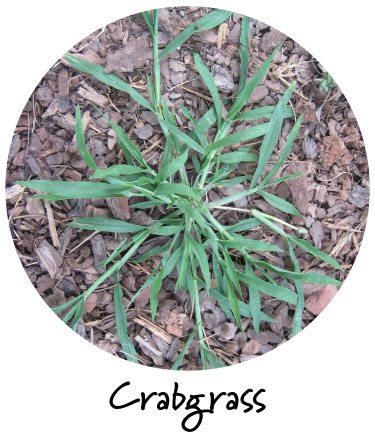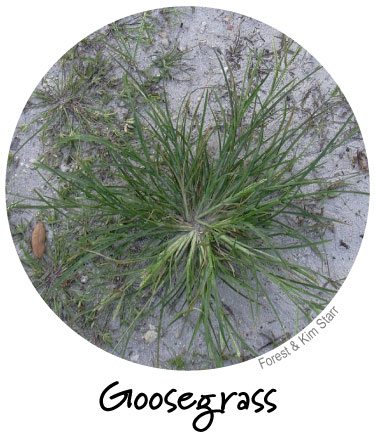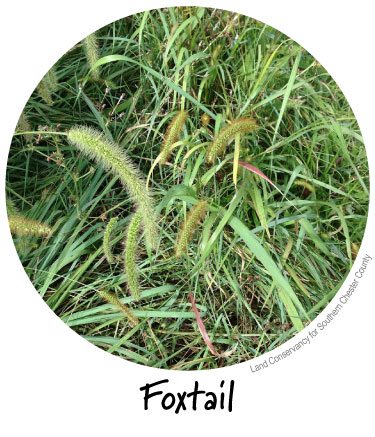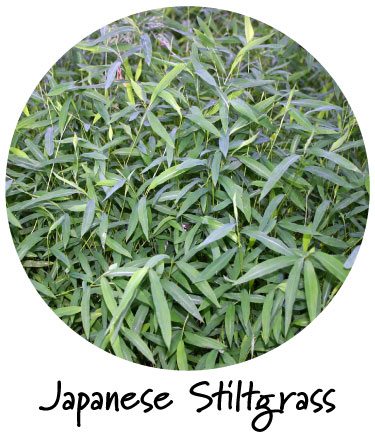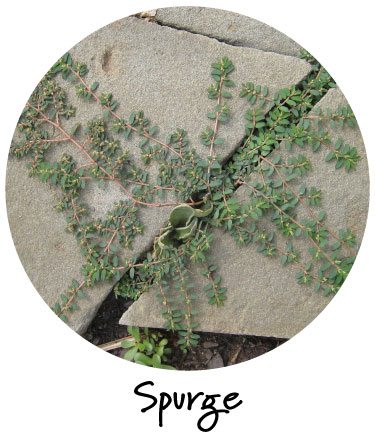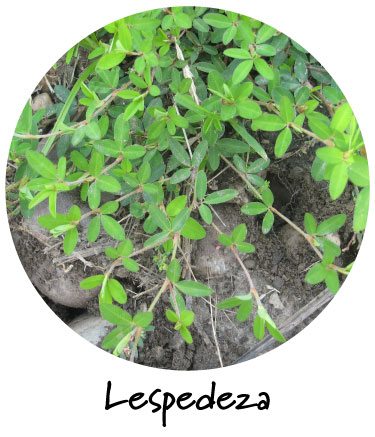Turf Tips: Preventing Summer Weeds
David Yost, Merrifield Plant Specialist and Turf Expert
Untreated summer weeds have a way of wreaking havoc on our lawns. The good news is that they haven’t germinated yet. You can intervene in the process by applying a summer annual weed preventer now. If you haven’t already, you’ll want to start by treating any winter weeds that currently reside in your lawn.
Types of Summer Weeds
Summer weeds include varieties of grassy and broadleaf weeds. Grassy weeds include crabgrass—the most infamous of all—goosegrass, foxtail and Japanese Stiltgrass. Japanese stiltgrass is now the most common weed in the state of Virginia. Each of these plants produces over 1,000 seeds that will remain viable in the soil for 3 to 5 years.
Many broadleaf weeds begin germinating in early spring and include spotted spurge and lespedeza, among others. Regardless of what type you have, all of these will stick out like a sore thumb in an otherwise healthy and attractive lawn.
Preventing Summer Weeds
To determine which product you should use to prevent summer weeds from attacking your lawn, you must first decide if you are going to seed the lawn this spring.
If you’re not planning to seed the lawn
If you are not seeding the lawn this spring, there are three different products you can use to control summer weeds:
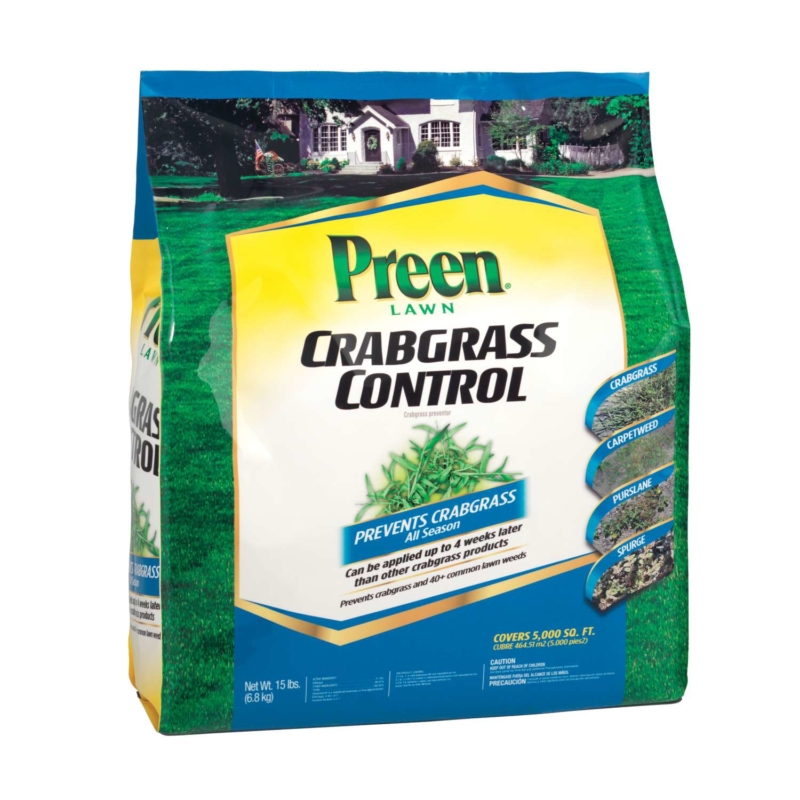
- Preen Crabgrass Control
- Organic Corn Gluten
Preen Crabgrass Control contains dimension, a very effective ingredient that prevents summer weeds. Both products will remain active in the soil for 2 to 3 months, which means you need to put down two applications per year (for example, one in mid-March and another in early June).
Corn gluten is an organic weed preventer, which naturally inhibits all seed growth. This product will last about 1 to 2 months in the soil, which means you need to put down two applications per year (for example, one in mid-March and another in late April or early May).
If you put down two applications of any of these products in the spring and early summer, your lawn will be ready for fall seeding. Fall is an ideal time to seed as the warm days and cool nights provide the optimal growing conditions for cool season grasses.
If you are planning to seed the lawn
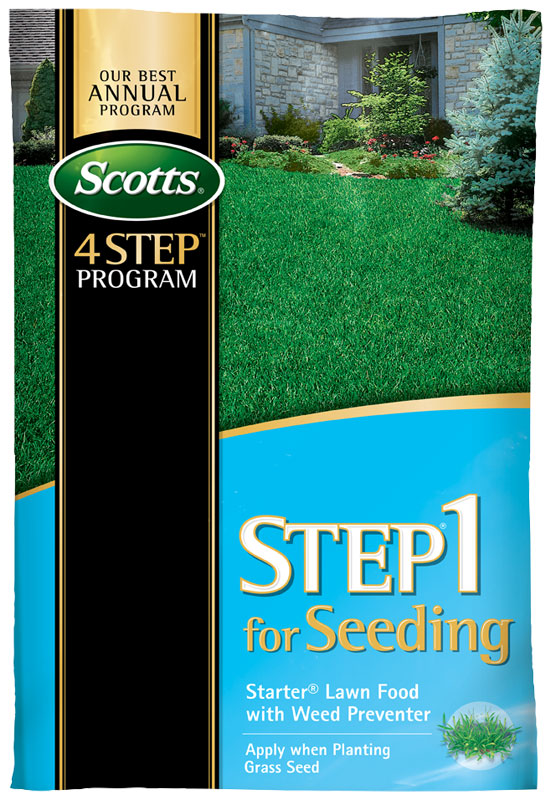
If you are seeding the lawn this spring, we recommend using Scott’s Step 1 for Seeding (Starter Food with Weed Preventer). This product contains tenacity, an ingredient that can distinguish between the “bad” summer weed seeds and the “good” grass seeds. This product also provides starter fertilizer to help your grass seed germinate.
Once your new grass seed has germinated and been mowed twice (this typically occurs about 6 to 8 weeks after seeding), you can apply a second application of another summer annual weed preventer. For the second application, we recommend using one of the three products for not seeding your lawn. By this point, your new grass will be mature enough to withstand the dimension ingredient. You should only use the Scott’s Step 1 for Seeding for the primary application as your lawn doesn’t need a second application of the starter fertilizer that comes automatically in the product.


